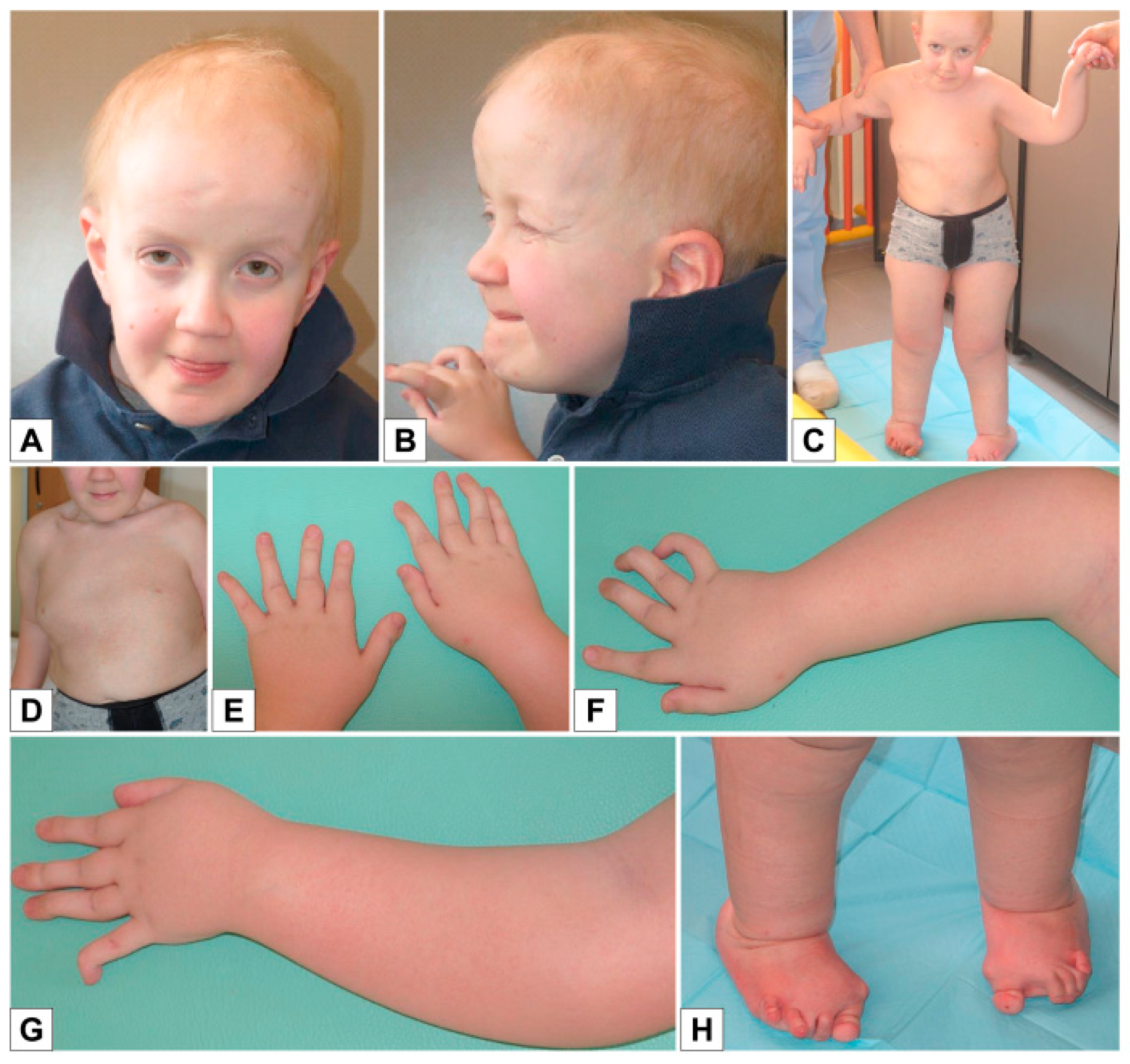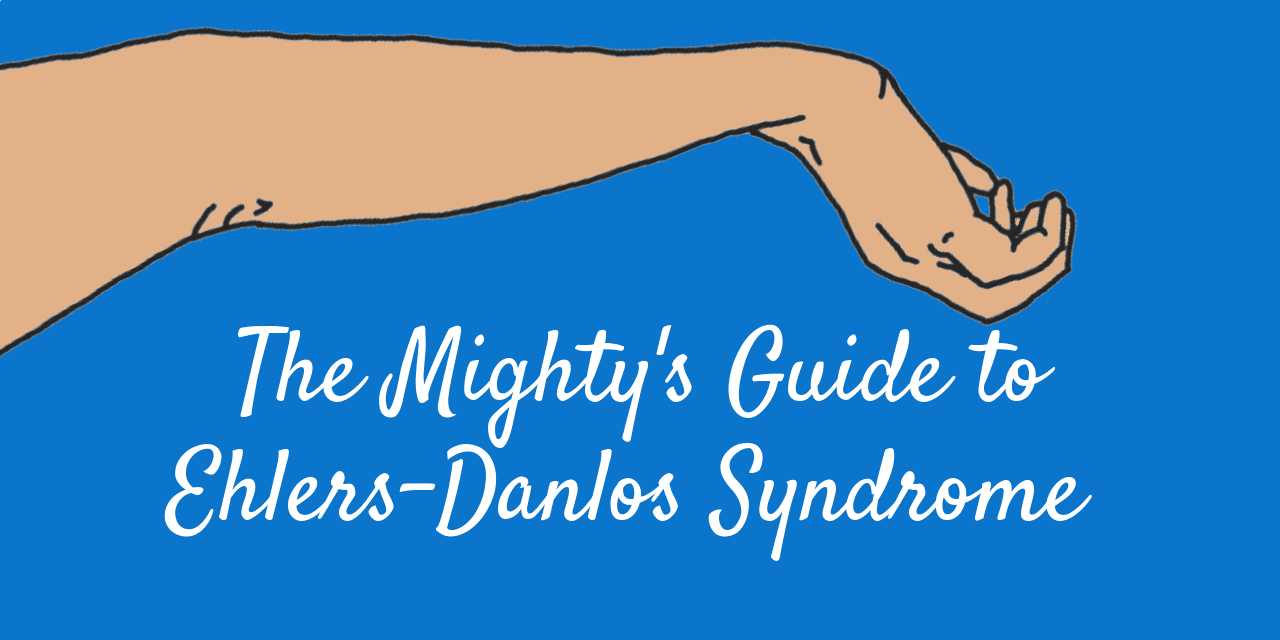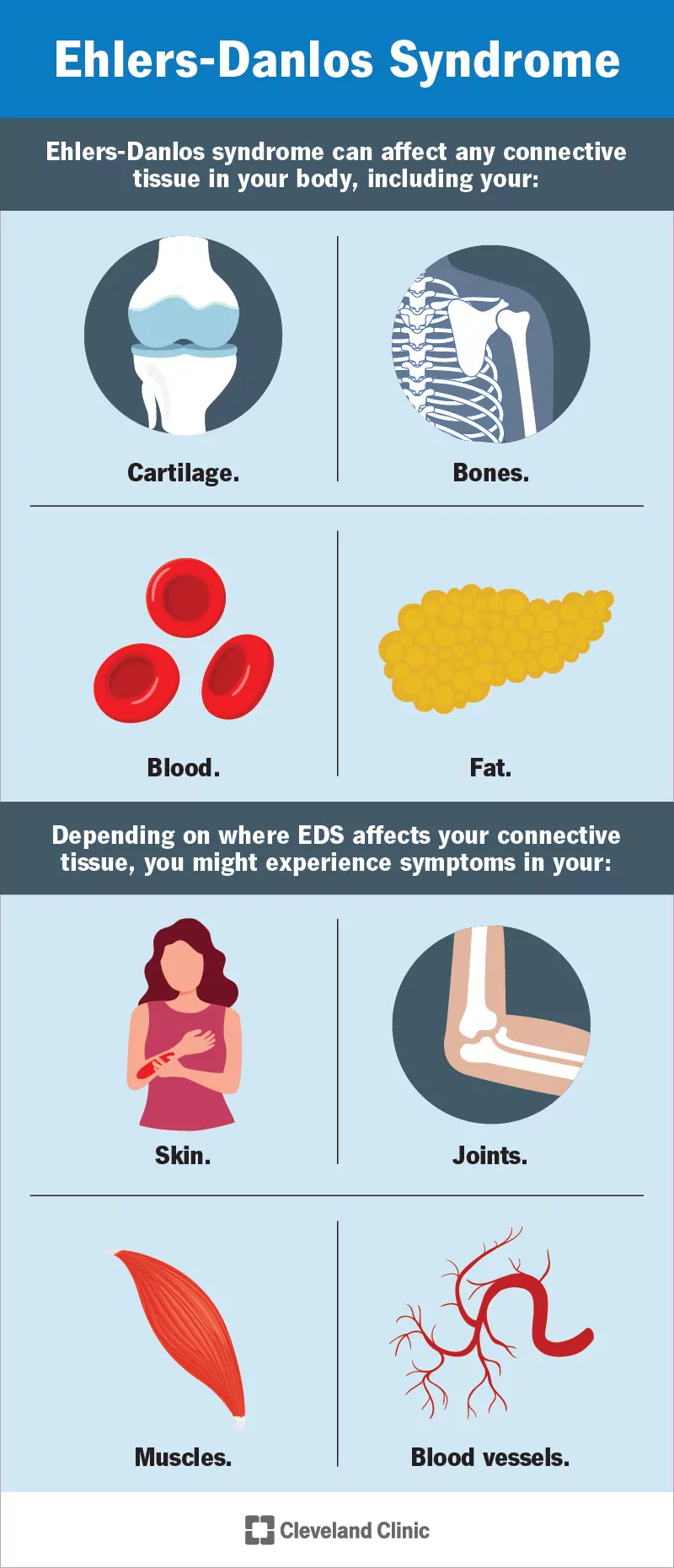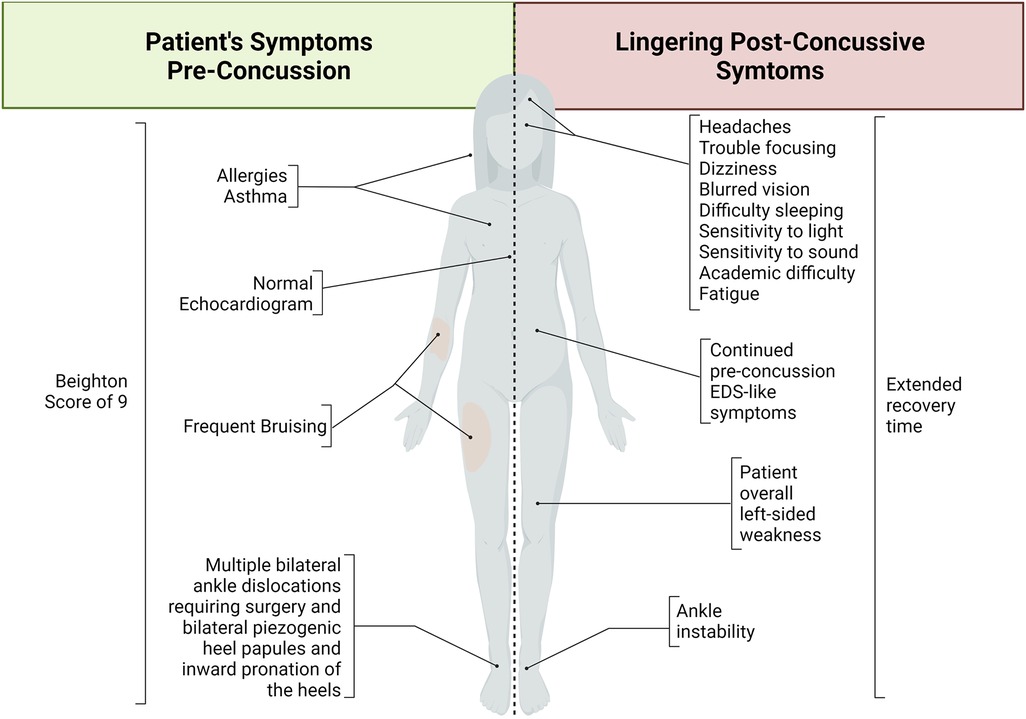Table of Contents
- Ehlers-Danlos Syndrome Guide: What is Ehlers-Danlos Syndrome?
- Frontiers | Case report: Lingering post-concussive symptoms in a ...
- Ehlers Danlos Syndromes Types Symptoms Causes Treatme - vrogue.co
- Hypermobile type Ehlers‐Danlos syndrome associated with ...
- Clinical Spectrum Of Ehlers Danlos Syndrome Download - vrogue.co
- Ēlersa-Danlosa Sindroms: Simptomi, Cēloņi Un ārstēšana - LV SFOMC
- Ehlers Danlos Syndrome Classical Type Pictures | My XXX Hot Girl
- Frontiers | Case report: Lingering post-concussive symptoms in a ...
- The role of cutaneous manifestations in the diagnosis of the Ehlers ...
- Ehlers Danlos Syndrome Children - Pregnant Health Tips



Symptoms of Ehlers-Danlos Syndrome





Diagnosis of Ehlers-Danlos Syndrome


Treatment and Management of Ehlers-Danlos Syndrome
While there is no cure for EDS, various treatment options can help manage the symptoms and prevent complications. These may include: Physical Therapy: Gentle exercises to improve joint stability and strength Pain Management: Medications and other interventions to manage pain and discomfort Wound Care: Specialized wound care to promote healing and prevent infection Surgical Interventions: Surgery to repair damaged tissues or stabilize joints Lifestyle Modifications: Lifestyle changes, such as avoiding heavy lifting or strenuous activities, to reduce the risk of injury It's essential to work with a healthcare team, including a geneticist, orthopedic specialist, and physical therapist, to develop a personalized treatment plan. Ehlers-Danlos Syndrome is a complex condition that requires a comprehensive approach to diagnosis and treatment. By understanding the symptoms, diagnosis, and treatment options, individuals with EDS can manage their condition and improve their quality of life. If you suspect that you or a loved one may have EDS, consult a healthcare professional for guidance and support. With the right treatment and care, it's possible to live a fulfilling life with Ehlers-Danlos Syndrome.For more information on Ehlers-Danlos Syndrome, visit WebMD or consult with a healthcare professional.